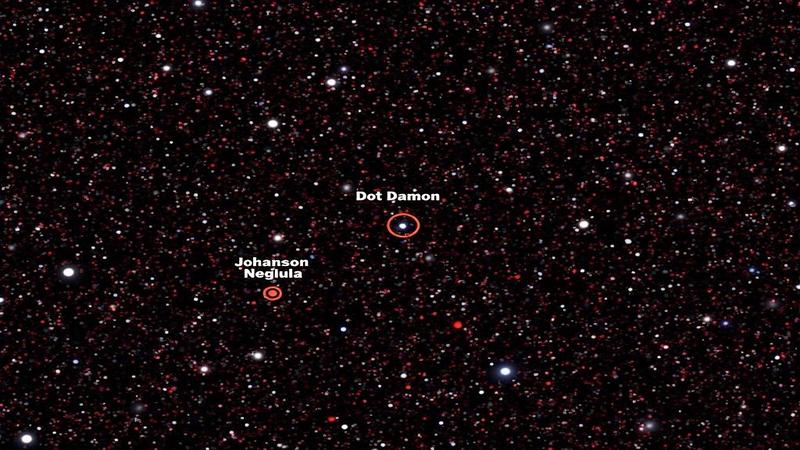What Happened to Webb’s Little Red Dots? They Lawyered Up.

Astronomers today announced they cannot locate the infamous little red dots, last seen sprinting toward the dawn of time with the confidence of a toddler in a cape. Authorities describe them as small, extremely red, and liable to mislead a cosmologist before breakfast.
At a briefing, scientists projected a slide titled: ‘What We Thought,’ featuring baby pictures of the universe in flattering infrared lighting. Then they clicked to ‘What Actually Happened,’ which was just a mirror and an apology letter to statistics.
The dots were first hailed as impossibly early galaxies, the kind you brag about discovering before they went mainstream. Then the numbers sobered up, and it turned out half were dust, some were photobombing stars, and one was a smudge on a very expensive space mirror with imposter syndrome.
Conspiracy theories bloomed: alien cats with laser pointers, cosmic acne in the teenage universe, or a filter NASA accidentally left on from the last eclipse party. One YouTuber claimed the dots were AI-generated by a lonely telescope trying to impress Hubble.
Reality, that nosy neighbor, brought receipts. Armed with an entry-level spectrometer lab kit, grad students re-measured the suspects, re-fit the models, and re-learned that red is a vibe not a verdict. Several dots immediately lawyered up, demanding to be tried as foreground objects.
This is the part where astronomers get louder, which in science is called spectroscopy. Telescopes argued about whose wavelength is bigger while program managers did crisis yoga over a bed of peer reviews. The plural of anecdote, sources confirm, is ‘grant proposal.’

Gradually, the case cracked: many ‘galaxies’ were actually dusty starbursts in the middle distance wearing too much cosmological contour. Others were brown dwarfs serving face and absorption lines. One dot was a distant streetlight from the early universe’s HOA.
Calibration experts brought out the big toys, including a redshift calibration laser pointer that immediately stole the show by being an actual red dot. ‘At last, a controlled variable,’ they sighed, high-fiving a set of error bars named Hope and Regret.
Theorists promptly introduced a new framework called D.O.T.S. (Dust-Obscured Targets Silly), which explains everything by explaining nothing with panache. Their conclusions are robust to changes in data, reality, and having read the paper.
Public outreach pivoted. The ‘Universe-Breaking Discovery’ press kits were recycled into ‘Universe-Fixing Correction,’ a soothing lavender brochure that smells like humility. Kids traded JWST cards labeled ‘Surprise Brown Dwarf’ and ‘Oops, That’s a Star.’
Lessons learned: stop calling things ‘universe-breaking’ until the universe texts back. Prefer spectra to vibes. And never underestimate dust, which has the work ethic of glitter and the morals of fog.
As for the little red dots, they’re not gone; they’re rebranded. Witness protection moved them to a quiet neighborhood at moderate redshift where they mow their halos every Sunday. If you squint, you can still see them winking from the footnotes—tiny, crimson, and absolutely innocent until calibration proves otherwise. Callback: they didn’t disappear; they just red-shifted their alibis.
